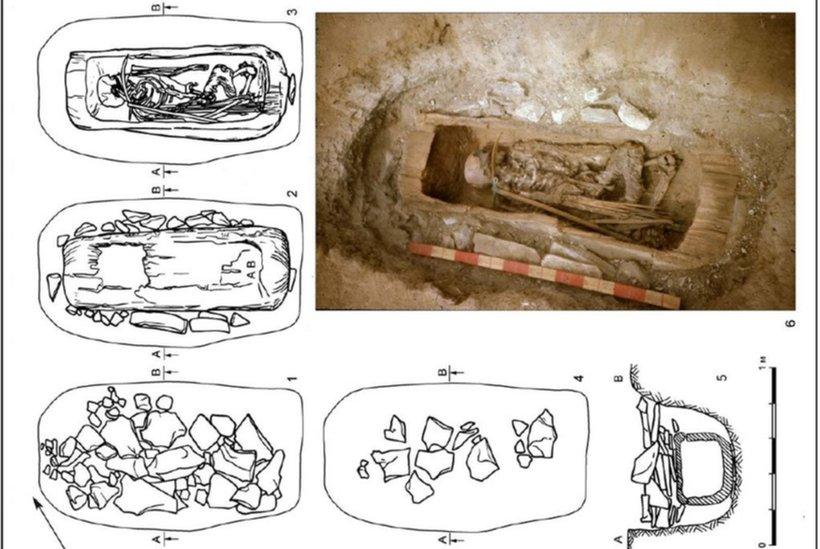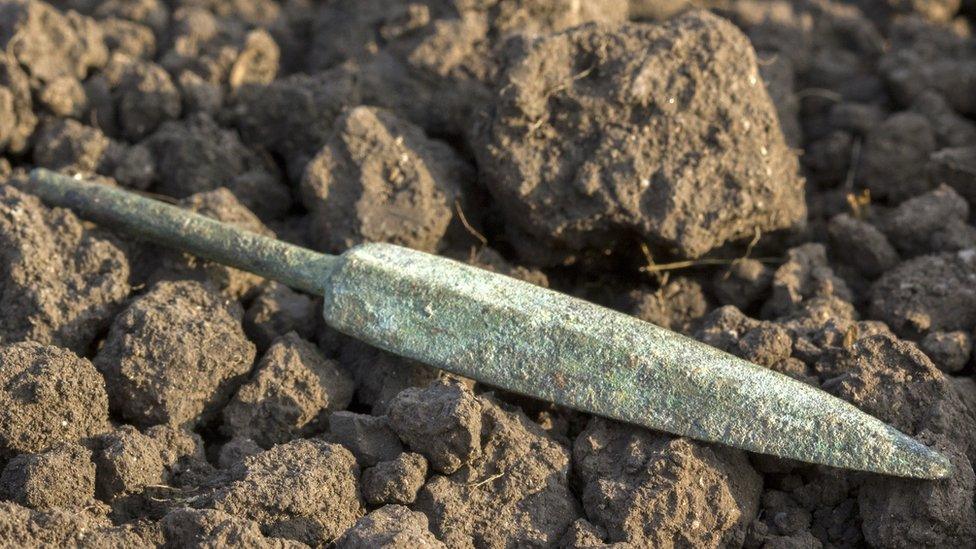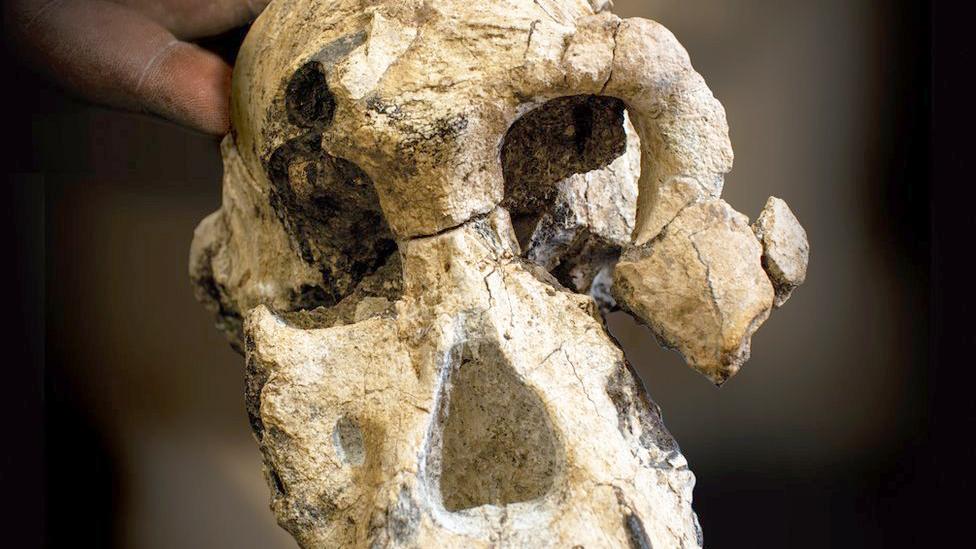Ancient warrior was a 13-year-old girl
- Published
- comments

Archaeologists have discovered that a 2,600-year-old mummified body they found 32 years ago isn't a boy like they first thought - but a girl!
She's thought to be part of the Scythian group tribe, ancient tribes of warriors who travelled from place to place.
This particular mummy was first found by archaeologists in 1988.
One reason they assumed the body was male was because of the amount of weapons in the grave: a bow made of birch, a quiver containing ten arrows with wood, bone, or bronze tips, and an axe.
Scythians (pronounced 'SIH-thee-uns') were a group of who originally lived in what is now southern Siberia.
They lived from between 900 BC to around 200 BC.
Usually at female burial sites they expect to find things things like beads and mirrors.
But now they think she was buried with many weapons because she was a warrior who "had not yet reached the age of 14 ".
She was found dressed in a long fur coat, a shirt, trousers or a skirt, and a leather cap decorated with a red spiral.
Archaeologists and historians were very excited by the news, because it not only helps them learn more about the Scythians but also supports the idea of the Amazons, a race of female warriors that appears in Greek mythology.
This isn't the first time there have been signs that the Amazons were not entirely mythical.
When the ancient Greeks first came across the Scythians, they wrote about the impressive sight of the Scythian women riding into battle.
A team excavating a fourth-century B.C. burial mound in western Russia recently found remains of four other real-life Amazons.

Two of the women were buried with horse tack and weapons, and one of them had her legs positioned as if she were riding a horse.
"We can certainly say that these two women were horse warriors," says team leader Valerii Guliaev of the Russian Academy of Sciences' Institute of Archaeology, "and we suppose that all four women in the grave were warriors."
- Published29 August 2019

- Published13 March 2018

